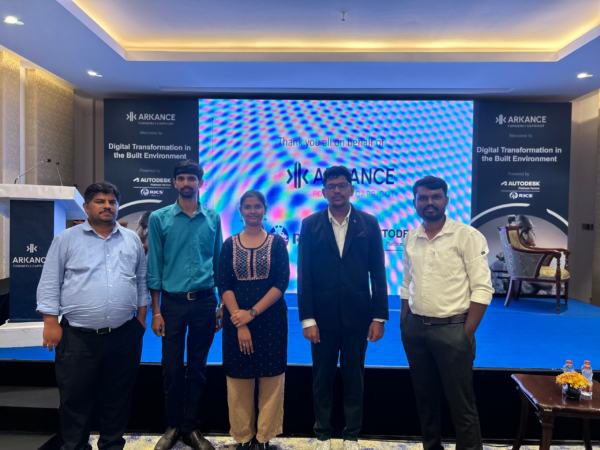
July 15, 2024 | Articles
Construction’s Digital Transformation & The Tools of Modern Project Management


An article by Vincent Pastino – Director, Global Technical Services
As someone who values digital security in an increasingly interconnected world, staying informed about the latest cybersecurity trends is crucial. In this article, I’ll explore three prominent trends shaping the digital landscape, shedding light on their benefits and drawbacks, regarding reliable sources from the National Institute of Standards and Technology (NIST).
Trend 1: Zero Trust Architecture (ZTA)
What is it? Zero Trust Architecture (ZTA) is a security approach that challenges the traditional notion of trusting entities inside a network. Instead, it advocates for strict verification of every user and device trying to access resources, regardless of their location.
Pros:
Cons:
Trend 2: Artificial Intelligence (AI) in Cybersecurity
What is it? AI technologies are increasingly being integrated into cybersecurity solutions to automate threat detection, response, and mitigation processes. Machine learning algorithms analyze vast amounts of data to identify patterns and anomalies indicative of malicious activity.
Pros:
Cons:
Trend 3: Cloud Security
What is it? With the widespread adoption of cloud computing, ensuring the security of data and applications hosted in the cloud has become paramount. Cloud security involves implementing robust measures to protect cloud-based resources from unauthorized access and data breaches.
Pros:
Cons:
In conclusion, staying informed about cybersecurity trends is essential for individuals and organizations alike. By understanding the advantages and challenges associated with trends such as Zero Trust Architecture, Artificial Intelligence in cybersecurity, and Cloud Security, we can make informed decisions to safeguard our digital assets. With guidance from trusted sources like NIST, we can navigate the complexities of cybersecurity with confidence, ensuring a safer digital future for all.
Share

July 15, 2024 | Articles
Construction’s Digital Transformation & The Tools of Modern Project Management

July 10, 2024 | Articles
GC/CM at Post Falls: Managing Avista’s North Channel Dam Rehabilitation Project

June 23, 2024 | Articles
Irv Richter – An Innovator, A Pioneer, A Leader (1944 – 2024)

June 14, 2024 | Articles
Environment of Care Standards – Meeting the Challenge (Part Two)

June 13, 2024 | Articles
PMO for Public Transit Project Success: The Reopening of Philadelphia’s Franklin Square Station

June 7, 2024 | Articles

May 17, 2024 | Articles
Hill Interim Federal Market Sector Leader Jane Penny Receives Golden Eagle Award

April 11, 2024 | Articles
A Model Move: Managing Move-In at the Sylvia H. Rambo U.S. Courthouse